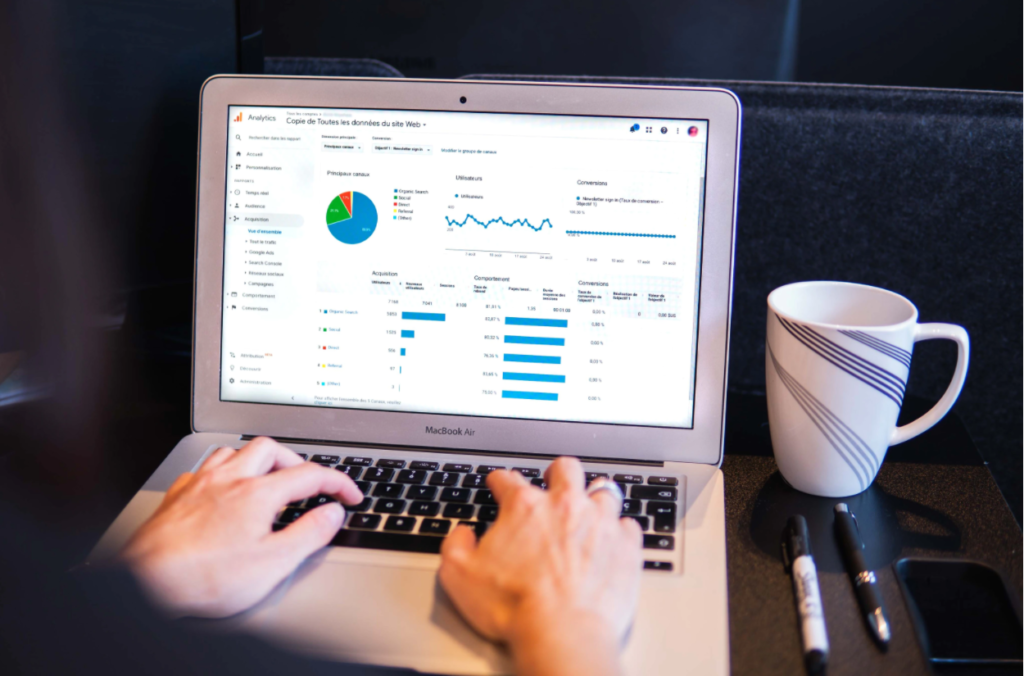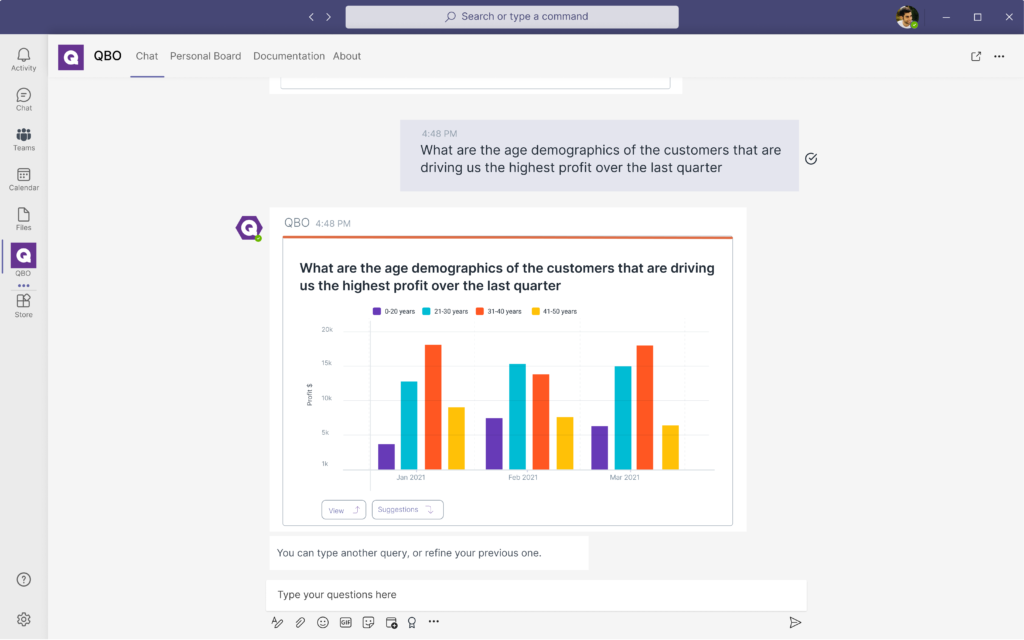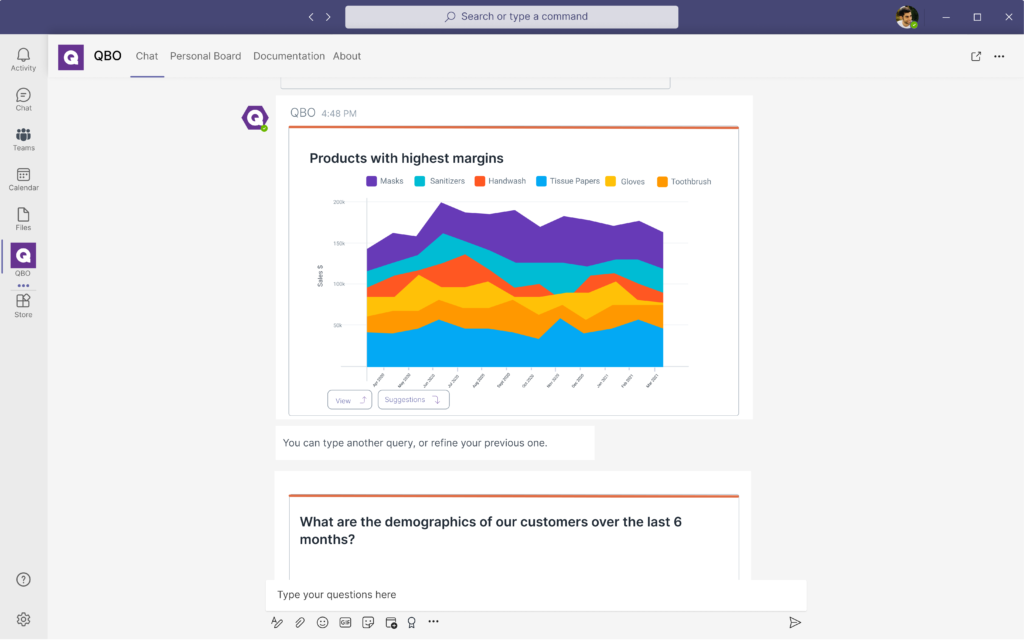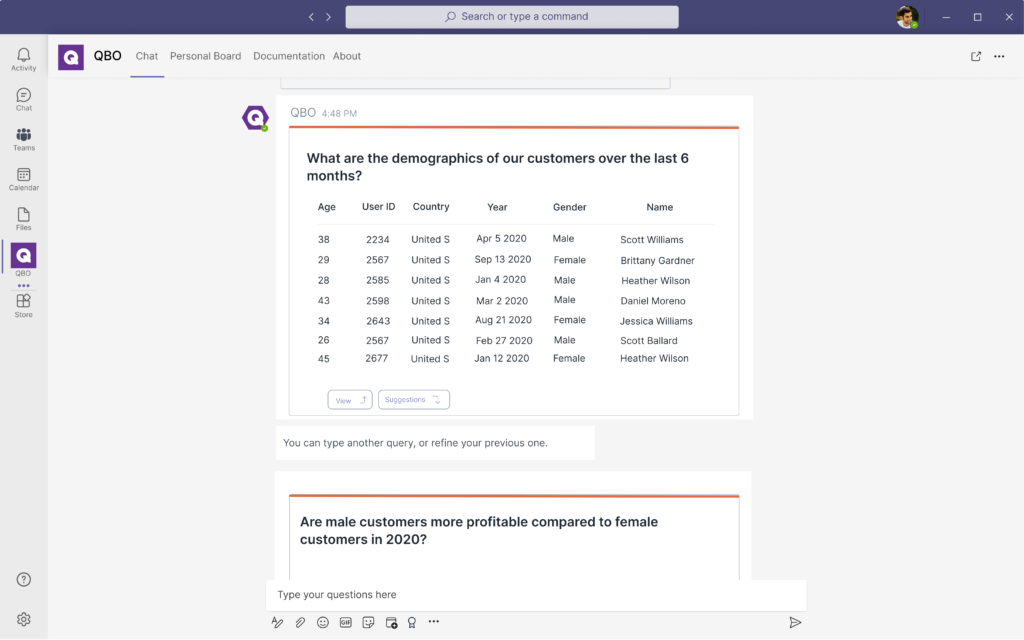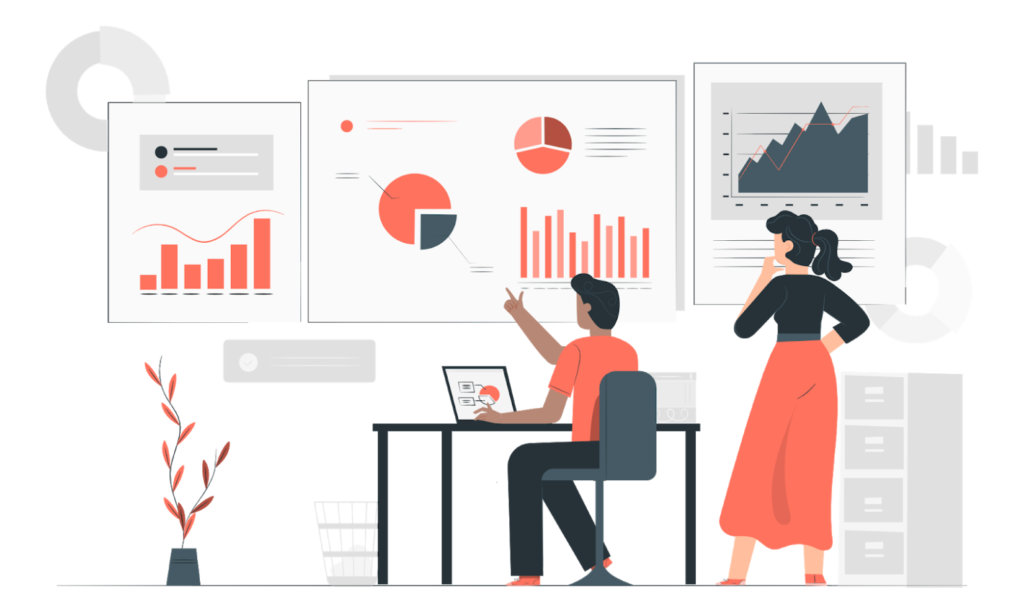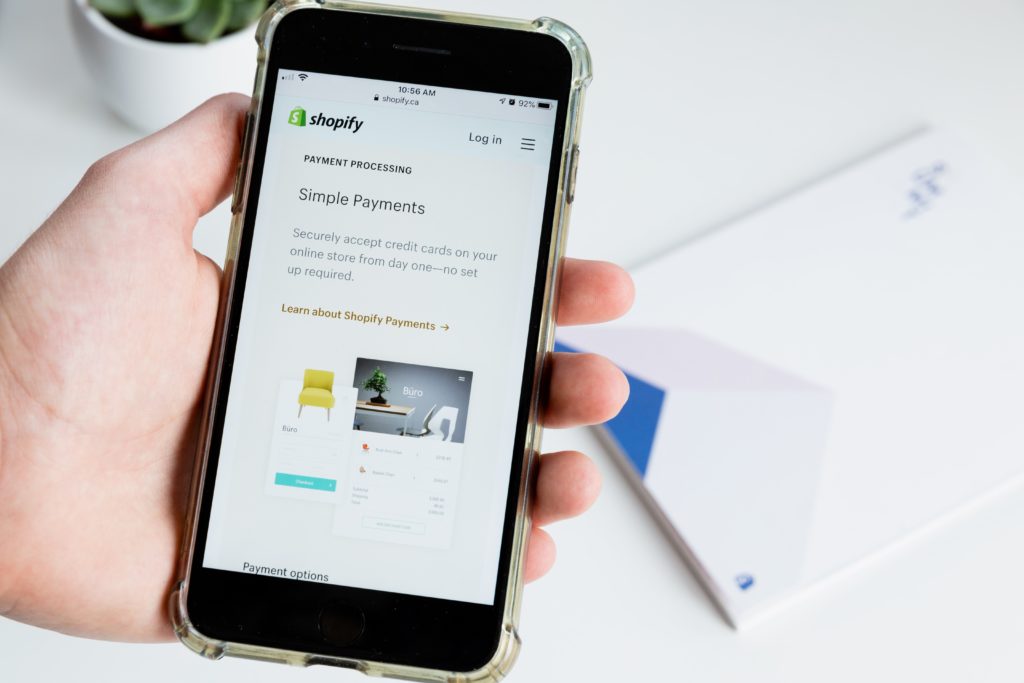 7 Minutes
7 Minutes
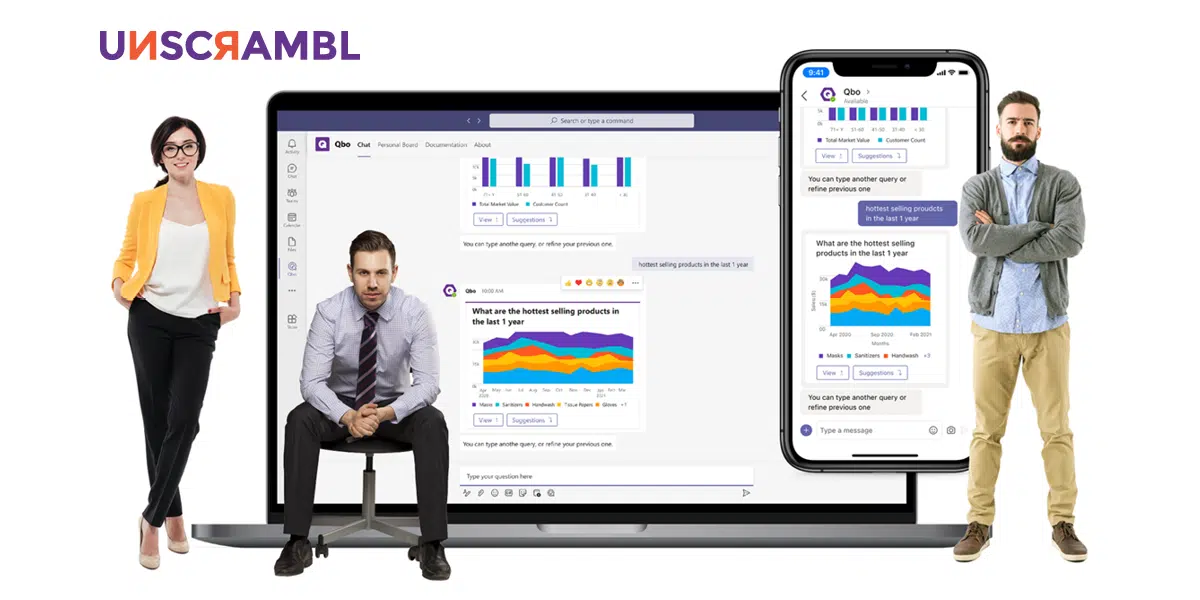
How Data Stories Can Help Improve Data Literacy In Your Organization
Organizations today increasingly understand the benefits and importance of utilizing data for their decision-making process.
From effectively uncovering exciting revenue opportunities to optimizing current business processes, decisions driven by impactful data have the ability to transform companies for the better.
However, for an organization to effectively build a culture where data insights are prized, simply utilizing the best data analytics and business intelligence tools isn’t enough. In fact, Gartner highlights that incredibly, 87.5% of enterprises had low BI & data analytics maturity.
Improving data literacy across your enterprise is just as crucial and that means equipping teams with the ability to effectively present and communicate the business value of data through telling data stories.
In this article, we will be taking a closer look at why data stories are the future of analytics and business intelligence.
What Is A Data Story & Why Is It So Important?
A data story is about presenting data and insights through visualizations within the context of a story so as to communicate their significance and business value to the audience.
Because of the limitations of dashboards of many self-service BI, users tend to only understand what is happening but not why. The key learnings and lessons are lost to the audience – there is no context available to what’s going on.
However, through data storytelling, users will be able to choose fitting visualizations and arrange them into a narrative where insights, findings, and patterns are effectively presented.
In fact, according to Gartner, by 2025, data stories will be the most widespread way to consume data analytics with 75% of the stories being automatically generated through augmented analytics solutions.
Take Google Analytics monthly email report, for example, it brings you through a report of your website performance, showcasing data and visualizations in the right context, giving actionable advice to marketers on how to improve their website traffic.
Data stories are the confluence of visualizations, narratives, data science, and advanced analytics. They provide a bridge between raw insights and impactful decision-making.
Data storytelling shouldn’t be seen as an enhancement or addition to an organization’s data strategy, it is one of the key foundational building blocks to build data literacy, allowing teams to read, work, analyze and argue with data.
7 Ways Data Stories Can Improve Your Organization’s Data Literacy
While a data literacy plan consisting of defined business goals and incentivizing using data for decision-making helps, data stories truly engage audiences, putting them into a state where the true value from insights can be gleaned.
1. Data Stories Makes Data More Approachable & Less Intimidating
Gartner projects that in 2021, data and analytics will evolve to become a core business function where business leaders will fully appreciate the complexities and intricacies of data, allowing them to spot and capture opportunities.
To accomplish this, business leaders will have to encourage teams across their departments to actively utilize data in their daily operations.
Thankfully, with data stories, users will be able to understand and interpret data insights and how it relates to their specific role.
Within a data story, intuitive visualizations tailored for a specific audience helps viewers see data more as an ally and an exploratory tool that helps to foster better understanding.
2. Data Stories Tap Into The Human Psyche & Builds Trust
While insights from data are hard-cold facts, that doesn’t mean viewers will automatically trust the validity or conclusion of the data.
Data stories allow business leaders to present insights in a format that is highly relevant to the challenges of the audience, their world view, and weave in a narrative that is relatable to them.
A marketing audience might want to hear a story that champions how data is used to fine-tune the optimization and targeting of their customers.
However, a story about how a single data point helped change the entire direction of a company is more suited towards management leaders in the boardroom.
With data stories, you can construct a powerful and relatable narrative that caters to your specific audience, allowing your insights to become alive and truly be relatable.
3. It Helps To Increase Engagement & Dialogues With Your Audience
Every data story brings with it a unique angle, biases, and interpretation that could be challenged by audiences that might see or interpret the insights in a different or more unique way.
These help to spur engagement, debate, and dialogues between audience members and the presenters of the data story.
Business leaders will be challenged to back up their data story with more specific details while audiences will be motivated to investigate the data and conduct their own personal research to uncover more insights or point out any possible discrepancies.
Through greater engagement, data stories help to drive a data-driven culture across the organization and business teams.
4. Data Stories Encourages Experimentation With Business Intelligence Tools
One of the biggest challenges of building an organization’s data literacy is to actually get teams and employees to actually engage with the data analytics tools themselves.
While incentives and training programs can help encourage the use of BI tools, they only do so to a certain degree. People will still need to have the intellectual curiosity and the internal motivation to actually experiment around with the BI tool and analyze datasets to derive actionable insights.
Data stories help to foster a collaborative analytical environment as audiences will view and understand how presenters are approaching and framing their analysis in a particular narrative. This helps to increase transparency on how decisions are being made and spurs audiences to uncover insights for their own respective areas of interest or disciplines.
Coupled with the right BI tool, such as those being powered by conversation analytics, users across departments will be able to cobble together their own data story and start honing their analytics skills.
5. Data Stories Foster Greater Appreciation For The Value Of Data
Assembling the right data, insights and their accompanying visualizations takes time, especially when it has to reinforce and support a specific narrative.
From trends and comparison charts to ranking tables and heat maps, asking the right questions is but the first step. Every visualization chosen has to fit into the story’s timeline or sequence of events that will add value and detail to the narrative, helping audiences to really understand the patterns, trends, and conclusions being presented.
A data story isn’t about describing the data, but using the data and insights to substantiate a given narrative.
Through effective use of data stories, audiences and users throughout an organization will appreciate how data can lead to better business decisions, allowing management, stakeholders, and ground-level staff alike to better trust and appreciate data as valuable business assets.
6. Data Stories Teaches Audiences How To Communicate Better With Insights
A critical obstacle towards data literacy for many users is the ability to effectively communicate the insights to stakeholders and decision-makers – a critical skill necessary for their findings to influence decision-making.
While BI tools, such as Qbo, can effectively create the best possible intuitive visualizations that best fit the question that is asked, the real context lies with the users themselves.
Crafting data stories teaches users how to decide on a big takeaway message, craft a narrative framework (or story structure) and fit the right visualizations and data to substantiate their story.
In addition, presenters of data stories will also have to learn the right way to communicate with audiences on stage that goes beyond the regular corporate PowerPoint presentation.
From speaking rhythms to tone inflection and visual showmanship, data storytelling requires presenters to level up their communication skills to better allow their audiences to absorb and understand the insights being shared.
7. Data Storytelling Allows For Faster Decision-Making
The challenges of low data literacy don’t just apply to users of the BI tools themselves, but also permeate decision-makers in key leadership positions.
With the acceleration of data generation in an increasingly interconnected world, real-time insights require swift decision-making to capitalize on valuable opportunities that are time-limited.
Data stories allow management figures who are often not data experts themselves, to fully understand the context of the insights being presented as well as the actions that need to be taken to fully capitalize on the opportunity.
Build Your Own Data Stories Today
Building your very own data story doesn’t have to be complex, given the right framework, you’ll be able to effectively help every data analytics user communicate better with their insights.
Thankfully, we have created this 6-step guide that will take you through the specifics of how to craft a compelling data-driven story.
From defining your target audience to crafting the narrative framework, learn a proven framework to effectively present your data and insights in a way that engages your audience, builds trust, and spurs decision-makers into action.
Power Your Data Story With Intuitive Insights & Visualizations
At Unscrambl, we have developed a business intelligence tool, Qbo, that promotes data democratization across your organization through the power of conversational analytics.
Users will be able to simply ask questions to their data, as they would in a normal conversation, and be able to gain instantaneous insights presented in highly intuitive visualizations.
Qbo also allows you to build your data stories on the go without recreating any presentation decks. That means simply pinning your charts and playing your stories directly in meetings, saving you time to focus more on your narrative & crafting a more impactful takeaway message.
Ready to get started?
Embark on a free 14-day trial and see how Qbo can help your teams tell better data stories today.
